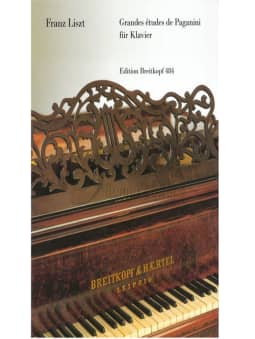Description
Ludwig van Beethoven's Variations on a Swiss Song, K. WoO 64, was created in 1790, at a time when the composer was still under twenty years old.
This piece, a long-standing favorite among piano students and instructors, becomes even more captivating when one learns about its background. To grasp how this composition should be interpreted, the initial question that arises is, "Variations on which Swiss song?"
The title of the song is Dursli and Babeli, and both the melody and lyrics can be found in nearly any collection of old Swiss or German folk tunes from the late eighteenth or early nineteenth century. Notable collections that feature it include those compiled by Reichardt, Herder, and Müller, dating from 1781 to 1789. While some sources from the nineteenth century present the lyrics with as many as eleven verses, along with some alterations to the original stanzas, only seven verses were known at the time Beethoven composed his variations, and the song enjoyed considerable popularity. Goethe was reportedly quite fond of this song, describing it as "a delightful tale of peasant love." The poet Herder remarked, "The melody is light and soaring like a lark, and the dialect carries the words in a manner that is difficult to appreciate when merely reading them on paper." Perhaps the most entertaining aspect of this composition is Beethoven's employment of staccato notes to mimic the clipped Swiss-German dialect. This piece serves as an excellent illustration of the composer's application of three types of articulation marks: the wedge indicating a standard staccato (not necessarily accented); the dot, which was sustained a bit longer; and the dot beneath the slur, which was held even longer. Those with even a basic understanding of the German language will notice that the dialect used in the poem possesses staccato qualities.














